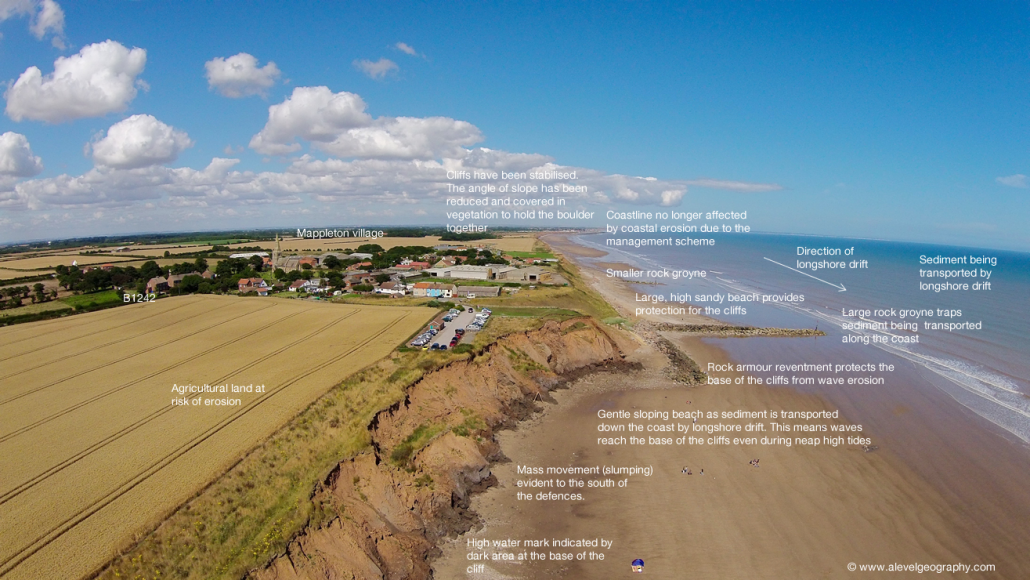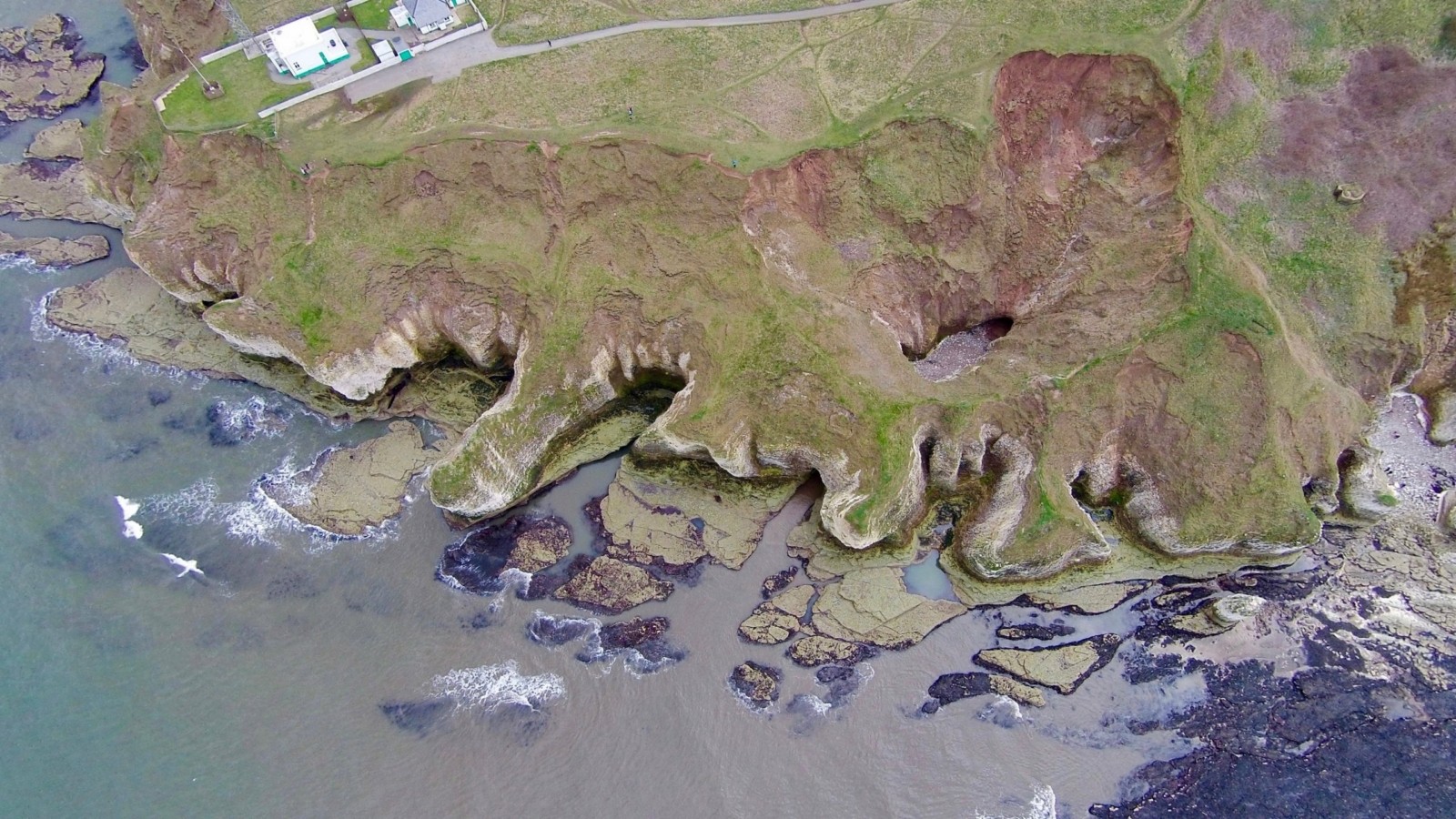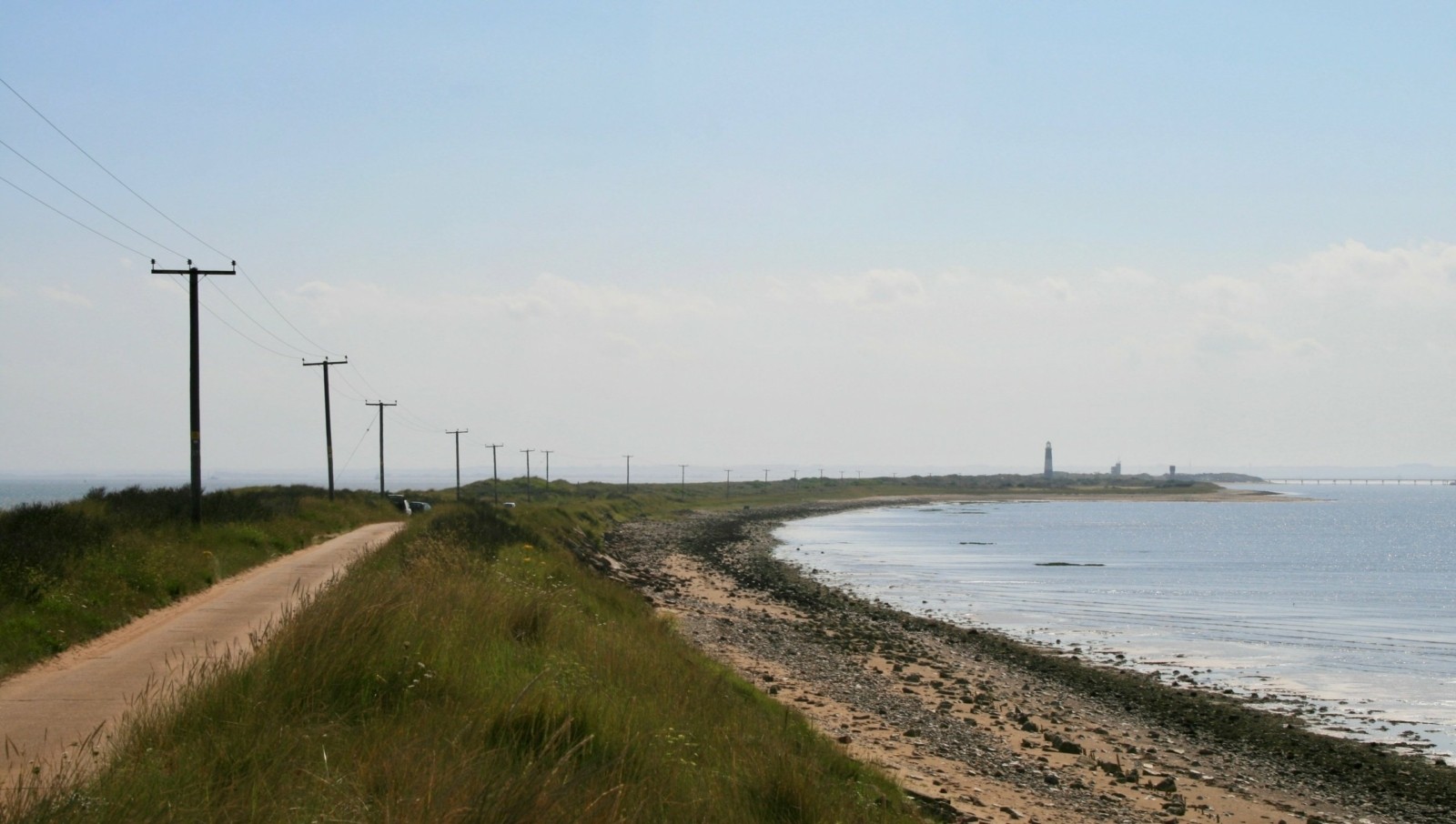AQA A Level Geography - Holderness Coast Case Study


Get better grades with Learn
82% of students achieve A’s after using Learn
Students also studied

- 0 Shopping Cart

Mappleton Case Study
Located on the Holderness Coast, Mappleton is an example of the positive and negative impacts of coastal management.
A Coastal Management Scheme in the UK
Location of mappleton.
Mappleton lies approximately 3km south of Hornsea on the Holderness Coast, East Yorkshire. The village of around 50 properties has been subject to intense erosion at a rate of two metres per year, resulting in the access road being only 50m from the cliff edge at its closest point. Mappleton is served by the B1242, the main road connecting settlements along the Holderness Coast.
Geology of Mappleton
Mappleton lies upon boulder clay that is soft and erodes very quickly. This material was deposited by glaciers during the last ice age 18,000 years ago.
An overview of coastal management at Mappleton
What were the reasons for coastal management at Mappleton?
Mappleton is served by the B1242, the main road connecting settlements along the Holderness Coast. Intense erosion means the coastline is only 50m from the main road. It was cheaper to protect Mappleton than construct a new route.
The village contains around 50 properties and is home to 342 people. These properties would be lost to coastal erosion at about 2m/year without coastal defences.
What was the coastal management strategy at Mappleton?
In 1991 almost £2 million was spent on two rock groynes and a rock revetment to protect Mappleton and the B1242 coastal road. In addition, blocks of granite were imported from Norway for the sea defences.
The rock groynes trap beach material and stop it from being transported away by longshore drift . This has built up a wide, sandy beach which protects the cliffs from destructive waves.
Rock armour placed at the base of the cliffs between the groynes absorbs wave energy during storm conditions, protecting the cliffs’ base from erosion.
In addition to this, the cliffs have been reprofiled, forming gentle slopes which have been stabilised with vegetation. This has protected the cliffs from mass movement, such as slumping and mudflows which is common along this stretch of coastline.

What are the effects of coastal management at Mappleton?
The annotated image below shows the management strategies introduced at Mappleton and their implications.

An annotated photograph shows the coastal management techniques used to protect Mappleton and their impact (click to enlarge).
Positive Impacts
The coastal defences have been effective in reducing erosion between the two groynes. As a result of these coastal management strategies, a substantial beach has been retained between the groynes halting erosion.
The B1242 has been protected along with 50 properties and businesses in Mappleton.
Local businesses have benefited from the construction of a car park and toilet facilities through the increased number of tourists, attracted by the wide, sandy beach.
Negative Impacts
Despite the coastal defences protecting Mappleton and the B1242, the erosion rate has increased significantly further south. This is because the material carried south is not being replaced (it is trapped within the groynes). Therefore there is no beach to protect the cliffs. As a result, even during a neap tide ( a tide that is 30% less than the average tidal range), the sea attacks the base of the cliffs even during neap tides. This has increased erosion and increased mass movement through slumping.
The images below compare Mappleton when the coastal defences were first installed in 1991 and 2022.
The construction of coastal defences has led to conflict between the East Riding of Yorkshire, the local authority responsible for installing the defences, and landowners at Cowden (a settlement 1 km downdrift of Mappleton). Sue Earle, the owner of Grange Farm, Cowden, has experienced increased rates of erosion (from an average of 1m to 3 m per year) since the defences were installed, leading to the loss of the farm, including her home. Despite challenging the local authority, she received little compensation for losing her business.
Although the defences have protected properties and the main road at Mappleton, this is at the expense of farmers and landowners further along the coast.
In August 2015, a large crack appeared at the top of the cliff to the south of the defences. The video compilation below shows this and the coastal defences at Mappleton.
More details of this case study can be found on our A Level sister site www.alevelgeography.com .
Check your understanding

Premium Resources
Please support internet geography.
If you've found the resources on this page useful please consider making a secure donation via PayPal to support the development of the site. The site is self-funded and your support is really appreciated.
Related Topics
Use the images below to explore locations along the Holderness Coast.
Flamborough

Spurn Point

Share this:
- Click to share on Twitter (Opens in new window)
- Click to share on Facebook (Opens in new window)
- Click to share on Pinterest (Opens in new window)
- Click to email a link to a friend (Opens in new window)
- Click to share on WhatsApp (Opens in new window)
- Click to print (Opens in new window)
If you've found the resources on this site useful please consider making a secure donation via PayPal to support the development of the site. The site is self-funded and your support is really appreciated.
Search Internet Geography
Latest Blog Entries
Pin It on Pinterest
- Click to share
- Print Friendly

IMAGES
VIDEO
COMMENTS
The Holderness Coast is a great case study for examining coastal processes and their associated features. This is because the area contains ‘textbook’ examples of coastal erosion and deposition. The exposed chalk of Flamborough provides examples of erosion and features such as caves, arches and stacks.
The Holderness Coast is in the North East of England. The north of the coastline starts at Flamborough Head and ends at Spurn Point. The coastline is against the North Sea.
Learn about and revise coastal management and hard and soft engineering strategies with GCSE Bitesize Geography (AQA).
The combination of clay geology and a high-energy environment has helped make this part of the Yorkshire coast one of the most rapidly eroding coastlines in Europe. Historical records show that some twenty-nine villages have fallen into the sea since Roman times (Fig. 1).
The Holderness Coastline - Case Study - Crowded Coasts - Edexcel Geography IAL. The Holderness Coastline is the fastest eroding coast in the UK with in a single storm hundreds of thousands of tonnes of rock being eroded. There are three main reasons why this is the case, these are: 1.
Delve into the fastest eroding coastline in Europe.
Study with Quizlet and memorize flashcards containing terms like Where is the Holderness Coast?, How far has the coast retreated?, What does the Holderness Coast SMP aim to protect? and more.
The area known as Spurn forms the southern extremity of the Holderness coast and includes the unique feature of Spurn Point, a sand and shingle spit 5.5km long, reaching across the mouth of the Humber.
Study with Quizlet and memorise flashcards containing terms like where is the Holderness coast?, what three factors make up the 'worst combination of factors' for the Holderness coast?, what are subaerial processes? - (such as freeze/thaw and salt crystalisation) and others.
Mappleton Case Study. Located on the Holderness Coast, Mappleton is an example of the positive and negative impacts of coastal management.